Acromioclavicular (AC) joint arthritis is a common shoulder condition that occurs where the collarbone meets the shoulder blade, causing pain and tenderness at the top of the shoulder when the cartilage between these bones wears away. The condition typically presents with pain that worsens when moving the arm across the chest, along with possible clicking or snapping sensations during shoulder movement, and may include a visible bump over the affected joint. While many people with AC joint arthritis are asymptomatic, those who experience symptoms often find certain activities particularly challenging, such as overhead movements, reaching across the body, or even putting on a seatbelt. The condition can develop from normal wear and tear (osteoarthritis), rheumatoid arthritis, or previous injury to the joint, with symptoms typically progressing gradually over time.
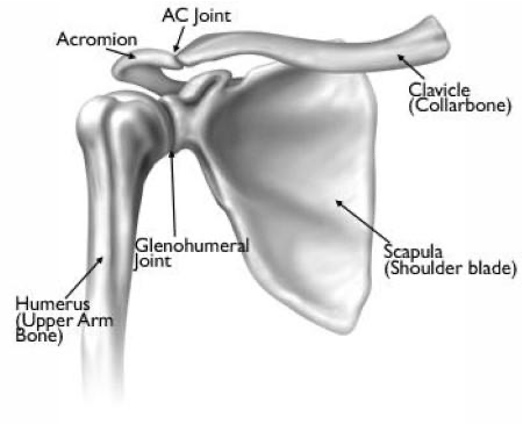

Your shoulder is made up of three bones: your upper arm bone (humerus), your shoulder blade (scapula), and your collarbone (clavicle). The head of your upper arm bone fits into a rounded socket in your shoulder blade. This socket is called the glenoid. A combination of muscles and tendons keeps your arm bone centered in your shoulder socket. These tissues are called the rotator cuff.
The AC joint is located where the clavicle meets the tip of the shoulder blade (acromion). This is called the acromioclavicular (AC) joint.
Osteoarthritis (OA)
Also known as “wear-and-tear” arthritis, osteoarthritis is a condition that destroys the smooth outer covering (articular cartilage) of bone. As the cartilage wears away, it becomes frayed and rough, and the protective space between the bones decreases. During movement, the bones of the joint rub against each other, causing pain. OA is more common in the AC joint than in the glenohumeral shoulder joint.
Posttraumatic Arthritis
Posttraumatic arthritis is a form of osteoarthritis that develops after an injury, such as a fracture or dislocation of the shoulder.
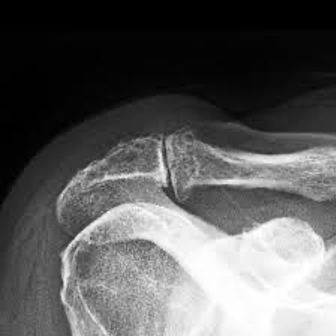
X-rays of an arthritic shoulder will show a narrowing of the joint space and the formation of bone spurs (osteophytes) at the AC joint. Occasionally, an MRI will be ordered to evaluate for additional problems inside the shoulder that are not visible on x-rays.
Nonsurgical Treatment
As with other arthritic conditions, initial treatment of arthritis of the shoulder is nonsurgical. Your doctor may recommend the following treatment options:
Surgical Treatment
If your AC joint arthritis symptoms are not relieved with nonsurgical treatment, then surgical treatment to remove the arthritis may be indicated.
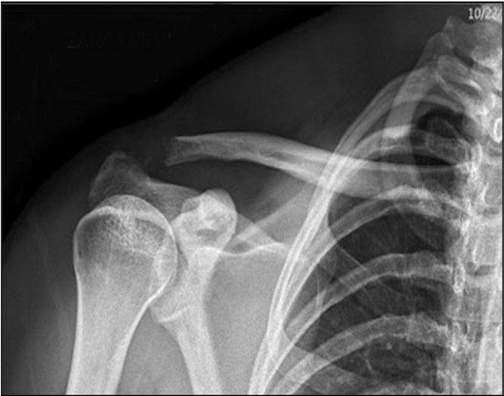
See why our patients love our physicians, quality of care, and amazing results.
*Based on Independent Market Research
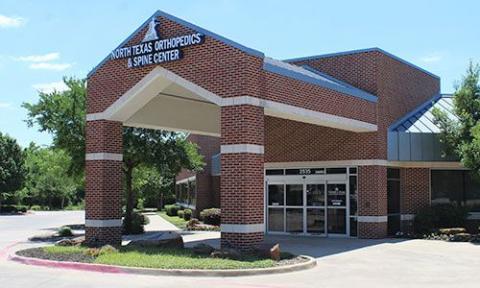
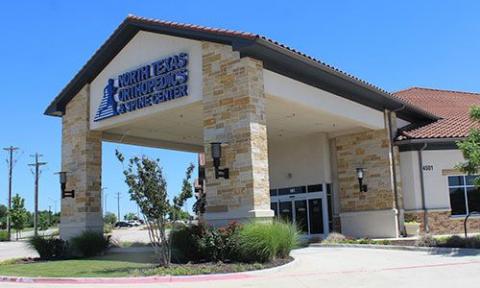
© 2024, North Texas Orthopedics & Spine CENTER. All rights reserved.